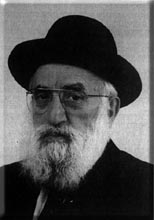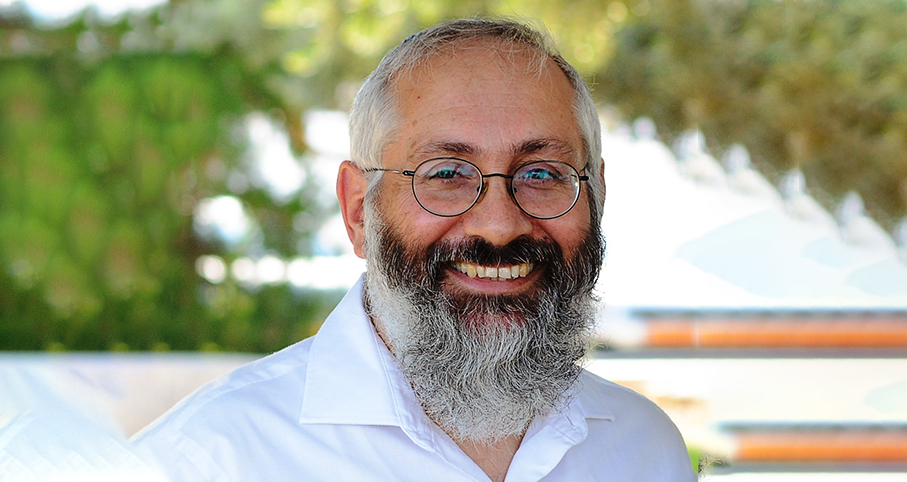Beit Midrash
- Sections
- Chemdat Yamim
- Parashat Hashavua
- Torah Portion and Tanach
- Tanach
- Yirmiyahu
Yirmiyahu was written in two periods of time, one after the other, following a traumatic event. The first period started in the 13th year of the reign of Yoshiyahu and lasted until the 4th year of Yehoyakim (22 years). The commandment to write the prophecies as a book is found in Yirmiyahu 36:1-4. The navi relates that in the 4th year of Yehoyakim, Hashem explicitly commanded Yirmiyahu to write a sefer of his prophecies from the time of Yoshiyahu so that maybe Bnei Yisrael would repent as a result. His cousin Baruch ben Neriya is the one who physically wrote the book. Then Baruch read the sefer in the Beit Hamikdash (ibid. 8). The public was apparently not overly impressed by the warnings, as Yirmiyahu remained in jail.
A few months later, Yirmiyahu was released from jail, and the people were very concerned about the ascendance to power of Nevuchadnetzar in Bavel. Baruch was once again called upon to read Yirmiyahu’s warnings and calls to repent in the Beit Hamikdash (ibid. 10). This time there was more "buzz" from the messages. The righteous officials who remained from the rule of the righteous Yoshiyahu instructed Yirmiyahu and Baruch to hide to escape Yehoyakim’s wrath. They took the "first edition" of Yirmiyahu’s sefer and presented it to the king’s palace, hoping that the warnings would have some influence over him. After listening to a few passages, the king ordered that the sefer be thrown into the fireplace and to arrest Yirmiyahu and Baruch. Miraculously they were not found, as "Hashem hid them" (ibid. 26).
In this miraculous hideout, the second period of the writing of Sefer Yirmiyahu began. It spans a period from the 5th year of Yehoyakim until after the exile of the people of Judea and Jerusalem to Babylonia. (The last event covered in the sefer is the release from Babylonian prison of the once king Yehoyachin, 37 years after he was exiled, or 43 years after this period of writing began.) This period of writing also is spelled out explicitly, as Yirmiyahu was told, after the king burned the first scroll, to take another one scroll. This new book included all that was in the first plus additional matters (ibid. 27-32).
The idea of two periods of writing is briefly alluded to in the opening to the sefer, as pasuk 2 mentions the words of Hashem at the time of Yoshiyahu, and pasuk 3 refers to the times of Yehoyakim until the final exile. There are also two personal charges that Yirmiyahu received. The first (1:4-12) speaks of how he was chosen from before birth to impact on the nations. The second one refers to the image of a cauldron facing north and the difficulties Yirmiyahu would overcome (ibid. 13-19). Let us pray that Yirmiyahu’s consolation for us of Hashem’s resolve to "build and plant" will be realized soon.

Parashat Hashavua: Is “Not Good” the Same as Bad?
Rabbi Yossef Carmel | Tishrei 5786

Parashat Hashavua: The Symbolism of Mashiv Haruach U’morid Hageshem
Rabbi Yossef Carmel | Tishrei 5786

The Order of Building a State
Rabbi Yossef Carmel | 5772
























